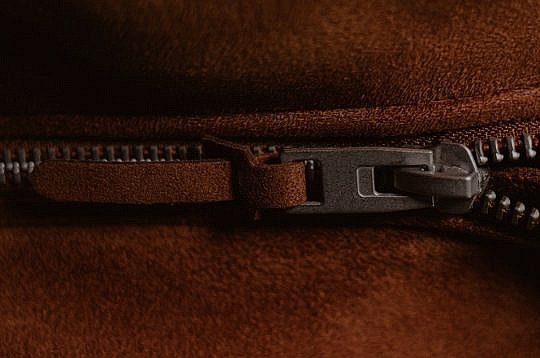
Is leather more sustainable than manmade alternatives?
Amid all the confusion about how to calculate the sustainability of different materials, we need to put the record straight: Leather is more sustainable than manmade alternatives.

Amid all the confusion about how to calculate the sustainability of different materials, we need to put the record straight: Leather is more sustainable than manmade alternatives.
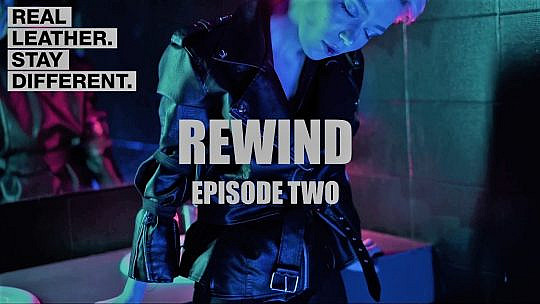
Episode Two of Rewind – the new documentary series that sets out the case for leather’s role in a more sustainable future – ‘Fashion’, looks at the impact of fast fashion, the environmental cost of synthetic oil derived fabrics, and how long

We have discussed sustainability and environmental impact assessments many times on this website, but here’s one simple way to change our behaviour to help the planet – make more use of the things you have.
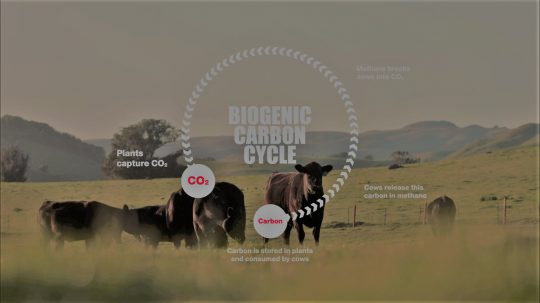
Rewind – the new documentary series, funded by Real Leather. Stay Different. - releases its first episode and takes us back to the farm. Watch the full episode here.
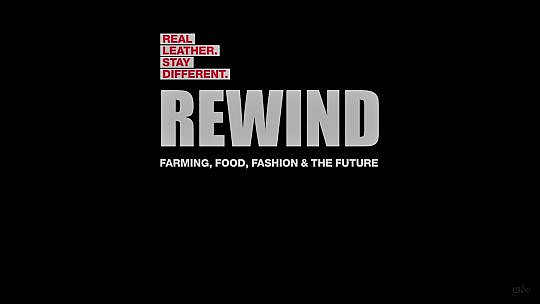
Here to provide some balance in the raging debate about the use of our land, fast fashion and our future – Rewind is a new documentary series. Courtesy of The Wine Show and Blue Juice’s award winning Director Carl Prechezer, and funded by Real Leather.
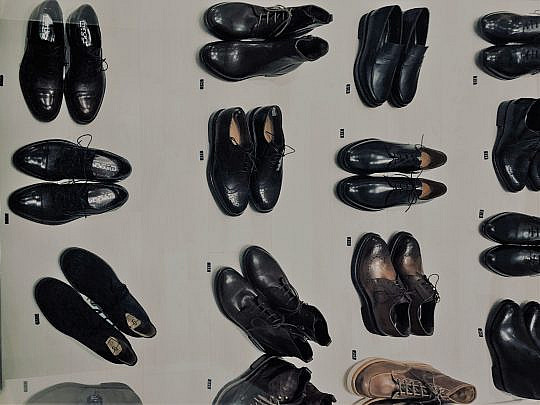
Longevity is leather’s strong suit. The beauty is that it can be repaired, restored, enjoyed for a lifetime, and passed down through the generations. Despite its durability, though, people still throw their leather items away.
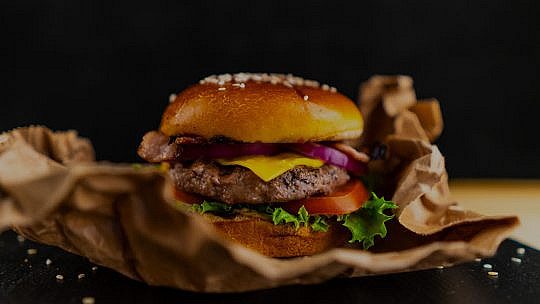
According to the Water Footprint Network (WFN), it takes 15,400 litres on average globally to produce a kilo of beef, which works out at 1925 litres for a pure beef quarter-pounder. But what does this really

There are often claims that wearing and using leather leads to the rearing, and therefore the killing, of more cattle. Here’s why these claims are
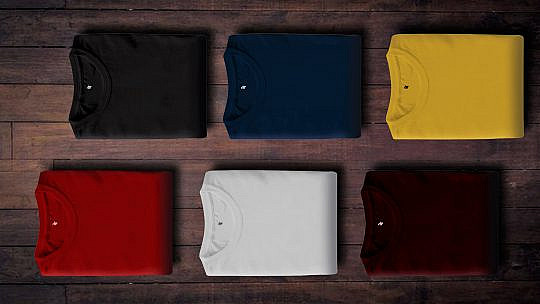
The rush to legislate for sustainability in the clothes industry could end up doing more harm than good without an internationally-agreed, non-partisan method of calculating environmental impacts – and the recent suspension of the Higg Index has highlighted
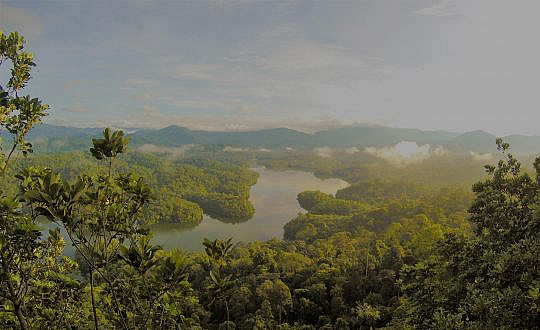
Leather is made from cowhide, a by-product of the meat and dairy industries and as such does not encourage the production of more cattle. So, by definition, leather is not responsible for deforestation. That said, we as an industry can help the fight to end
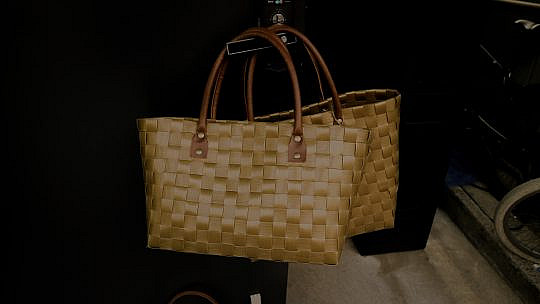
Spanish fashion house Loewe has launched a version of one its best-selling handbags – the woven basket bag – made entirely from scrap
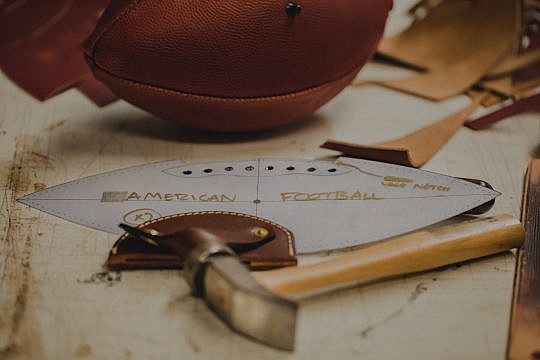
Chrome tanning: how does it work and why is there so much confusion about it? The most widely used technique in worldwide leather production, and the most efficient, chrome tanning is used in the production of around 85% of all